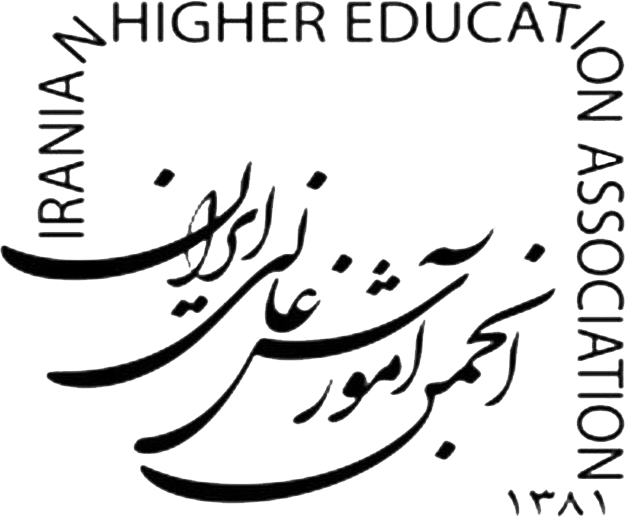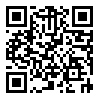1- Ph.D. Student in Educational Management, Shahid Chamran University of Ahvaz, Ahvaz, Iran.
2- Associate Professor, Faculty of Education and Psychology, Shahid Chamran University of Ahvaz, Ahvaz, Iran. ,h.farhadirad@scu.ac.ir
3- Assistant Professor, Faculty of Education and Psychology, Shahid Chamran University of Ahvaz, Ahvaz, Iran.
4- Professor, Educational sciences, Shahid Chamran University of Ahvaz, Ahvaz, Iran.
2- Associate Professor, Faculty of Education and Psychology, Shahid Chamran University of Ahvaz, Ahvaz, Iran. ,
3- Assistant Professor, Faculty of Education and Psychology, Shahid Chamran University of Ahvaz, Ahvaz, Iran.
4- Professor, Educational sciences, Shahid Chamran University of Ahvaz, Ahvaz, Iran.
Abstract: (5 Views)
Objective: Strengthening the university’s role in the creation, acquisition, and effective transfer of ideas to society—one of its core missions—requires a thorough reconsideration and reconstruction of traditional structures and the removal of exclusive limitations. Accordingly, the purpose of this study was to design and articulate a model for reconstructing the internal mechanisms of universities to facilitate the transfer of academic ideas to society.
Method: A qualitative phenomenological approach was adopted. Participants were purposefully selected from faculty members of Iranian universities and identified through snowball sampling. After conducting semi‑structured interviews with 15 participants, theoretical saturation was achieved. Trustworthiness was ensured using Lincoln and Guba’s four criteria, and data were analyzed following Colaizzi’s descriptive phenomenological method.
Results: The findings revealed that the effective transfer of ideas requires four major structural transformations within universities: (a) organizational redesign based on professional, network-oriented, boundaryless, and project-driven models to restore the university’s knowledge-centered identity; (b) establishment of specialized units to guide the idea flow—identifying problems and opportunities, managing ideas as innovative solution processes, and translating them into social, economic, and industrial contexts; (c) implementation of a transparent mission system to institutionalize idea transfer as a core function of higher education; and (d) development of a sustainable technical–financial support ecosystem to enable the creation and diffusion of innovative ideas. These changes were derived from 71 open codes grouped into 14 axial categories.
Conclusion: The study concludes that universities must move from passive institutions to strategic actors in shaping university–society relations. To act as hubs of idea creation and innovation, they need an open, environment-responsive approach and fundamental organizational reform. Achieving this requires modern structural redesign, specialized idea-management units, clear institutional missions, and robust supportive systems that foster the sustained development and transfer of innovation to society.
Method: A qualitative phenomenological approach was adopted. Participants were purposefully selected from faculty members of Iranian universities and identified through snowball sampling. After conducting semi‑structured interviews with 15 participants, theoretical saturation was achieved. Trustworthiness was ensured using Lincoln and Guba’s four criteria, and data were analyzed following Colaizzi’s descriptive phenomenological method.
Results: The findings revealed that the effective transfer of ideas requires four major structural transformations within universities: (a) organizational redesign based on professional, network-oriented, boundaryless, and project-driven models to restore the university’s knowledge-centered identity; (b) establishment of specialized units to guide the idea flow—identifying problems and opportunities, managing ideas as innovative solution processes, and translating them into social, economic, and industrial contexts; (c) implementation of a transparent mission system to institutionalize idea transfer as a core function of higher education; and (d) development of a sustainable technical–financial support ecosystem to enable the creation and diffusion of innovative ideas. These changes were derived from 71 open codes grouped into 14 axial categories.
Conclusion: The study concludes that universities must move from passive institutions to strategic actors in shaping university–society relations. To act as hubs of idea creation and innovation, they need an open, environment-responsive approach and fundamental organizational reform. Achieving this requires modern structural redesign, specialized idea-management units, clear institutional missions, and robust supportive systems that foster the sustained development and transfer of innovation to society.
Keywords: idea transfer, university structure, university actor, university culture, university policy, public universities in Iran
Type of article: Research |
Subject:
Special
Received: 2025/09/20 | Accepted: 2025/11/1 | ePublished ahead of print: 2025/11/15
Received: 2025/09/20 | Accepted: 2025/11/1 | ePublished ahead of print: 2025/11/15
Send email to the article author
| Rights and permissions | |
 |
This work is licensed under a Creative Commons Attribution-NonCommercial 4.0 International License. |





